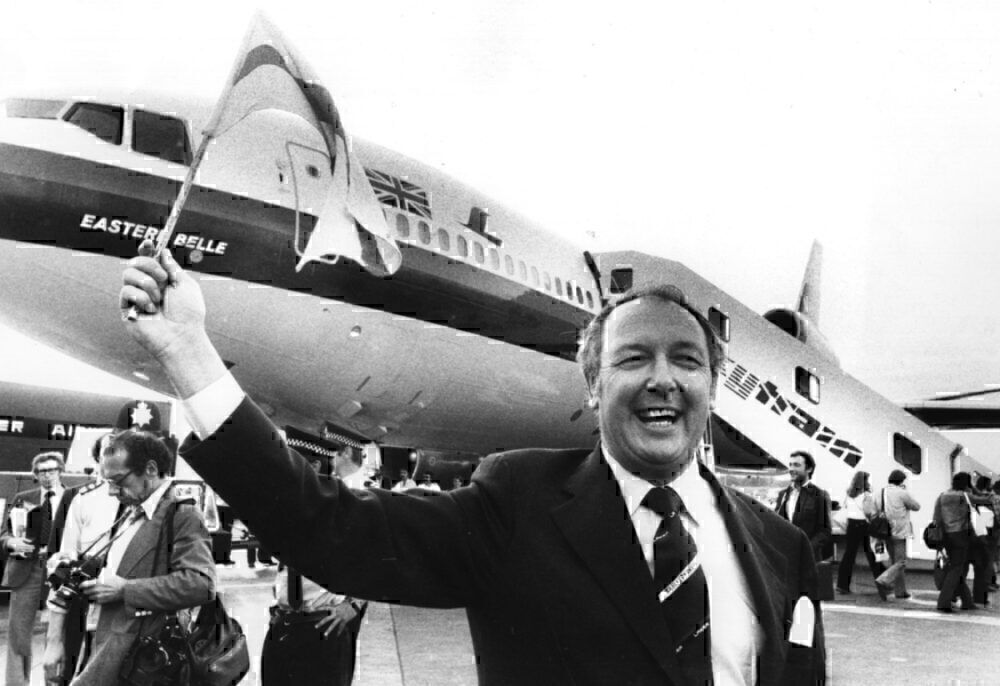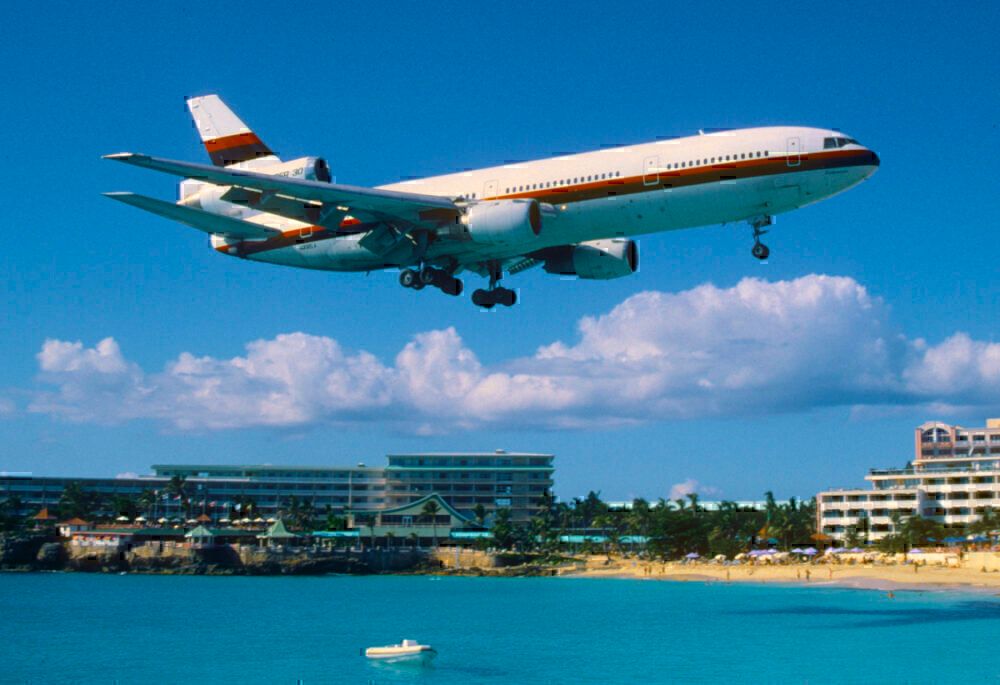When Freddie Laker launched Laker Airways in 1966, few people realized how much he would revolutionize the airline industry. After battling for 11 years, the brash entrepreneur finally achieved his dream of offering the first low-cost transatlantic flights with his no-frills Skytrain service. However, his dream was short-lived, and the airline went bust in 1982.
Laker Airways is born
Founded in February 1966, Laker Airways started out as a charter airline operating from its base at London Gatwick Airport. The original fleet consisted of two Bristol Britannia 102 turboprop aircraft formerly owned by the British Overseas Airways Corporation (BOAC). The airline's black, red, and white livery reflected the Laker family's racing colors.
Stay informed: Sign up for our daily aviation news digest.
Over the next two years, the Britannias were supplemented and eventually replaced by five BAC 1-11s. Four were ordered directly from the manufacturer for which Laker put down £200,000 of his own money as a deposit. He borrowed the rest of the money from a consortium of City banks. The fifth plane was acquired from the failed British Eagle airline.
The mainstay of Laker Airways' operations were short and medium-haul routes to holiday resorts in the Mediterranean and the Canary Islands. In 1968, the airline established its first overseas base at Tegel Airport in what was then West Berlin and expanded its charter business.
Cost-saving measures
To ensure the full utilization of his fleet throughout the year and avoid the seasonal peaks and troughs, Laker offered a 30% discount to holiday companies that chartered the aircraft in the winter season. The scheme meant that the airline could sell its capacity well in advance and helped to make it Britain's most profitable charter airline at the time.
Laker Airways developed the reduced thrust take-off technique for the BAC 1-11. It enabled the aircraft to climb faster without using as much power and to reach their optimum altitude in the shortest possible time. The technique improved fuel economy, reduced wear and tear on the engines, and extended the intervals between engine overhauls.
The fight to launch Skytrain
In 1970, in a joint venture with International Caribbean Airways, Laker Airways began a transatlantic service to Barbados using a Boeing 707, initially from Luxembourg, and later from London Gatwick and Berlin. By 1974, the airline was flying McDonnell-Douglas DC-10s, and Toronto and Newark were added to the airline's charter routes.
After a long battle in the face of severe opposition from other airlines, British Caledonian in particular, Freddie Laker launched the inaugural Skytrain service from London Gatwick to New York JFK in September 1977. The airline expanded to include Los Angeles, Tampa, and Miami.
By this time, the fleet comprised 11 DC-10s, three A300s, four BAC 1-11s, and two 707s, and the airline became the fourth largest transatlantic scheduled carrier.
The demise of Laker Airways
Although hugely successful through the 1970s, the airline got into serious financial difficulties in the recession of the early 1980s, which saw passenger numbers fall. It abandoned further expansion plans, and McDonnell-Douglas pulled out of a financing deal. In the face of rising debt, Laker Airways was declared bankrupt in February of 1982.
Freddie Laker sued several airlines for their predatory pricing structures, which helped to force him out of business. He won a settlement of $50 million as well as a private settlement of $8m from British Airways.
Ten years later, Laker Airways saw brief revivals operating services between the Bahamas and the US, and later between the UK and Orlando. However, the airline once again went bankrupt in 1998. Freddie Laker died in 2006.
Freddie Laker's vision and pioneering cost-saving methods paved the way for the no-frills, low-cost travel that we're able to enjoy today.



